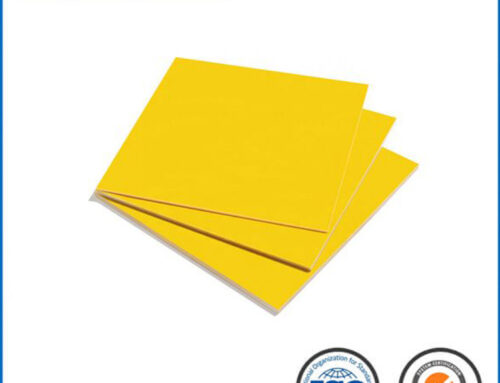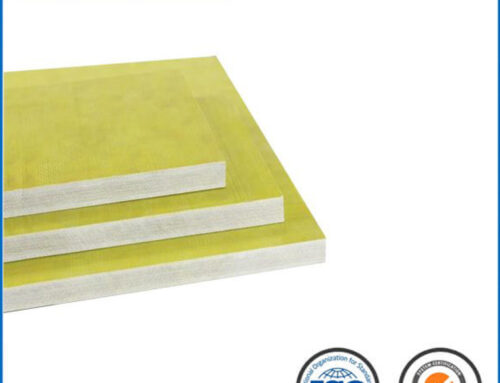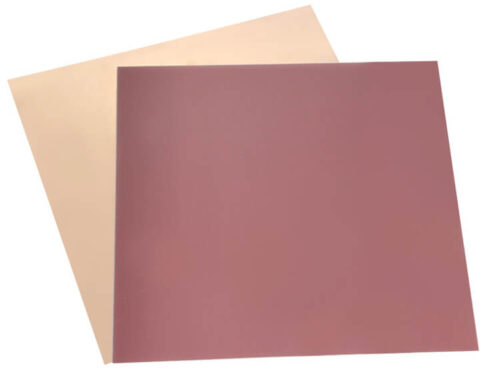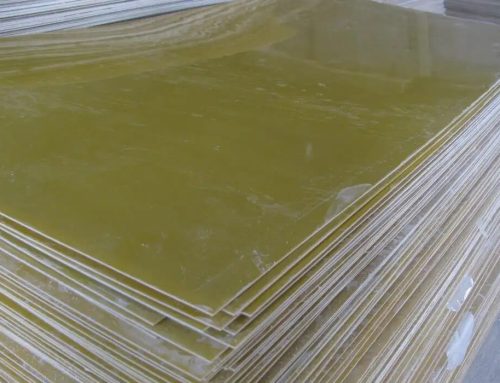FR-5, a high-performance substrate material, stands at the forefront of PCB (Printed Circuit Board) technology. In this article, we delve into the composition, characteristics, and diverse applications of FR-5 PCBs, highlighting the superior qualities that make them a preferred choice in electronic design and manufacturing. From aerospace to telecommunications, FR-5 PCBs play a pivotal role in advancing the capabilities of electronic devices.
1. Composition of FR-5 PCB: The Recipe for Superiority
Glass Weave Reinforcement:
FR-5 PCBs are distinguished by a glass weave reinforcement that enhances mechanical strength and dimensional stability.
The specific weave pattern contributes to the material’s superior performance.
Epoxy Resin Matrix:
An epoxy resin matrix binds the glass weave layers, providing excellent electrical insulation and heat resistance.
The synergy between the glass weave and epoxy resin forms a robust substrate for electronic components.
2. Superior Mechanical Strength: Resilience Beyond Expectations
High Tensile Strength:
FR-5 PCBs exhibit high tensile strength, making them resilient against mechanical stress and ensuring durability in various applications.
This strength is particularly crucial in environments where PCBs may undergo physical stress.
Dimensional Stability:
The glass weave reinforcement in FR-5 contributes to dimensional stability, preventing warping or distortion of the PCB.
Dimensional stability is essential for maintaining the accuracy of electronic components’ placement.
3. Thermal Performance: Excelling in High-Temperature Environments
Heat Resistance:
FR-5 PCBs excel in heat resistance, allowing them to perform reliably in high-temperature environments.
This characteristic makes them suitable for applications where components may generate significant heat.
Thermal Conductivity:
The material’s thermal conductivity aids in efficient heat dissipation, contributing to the overall thermal management of electronic devices.
FR-5 PCBs are preferred in designs where maintaining optimal operating temperatures is critical.
4. Electrical Insulation Properties: Safeguarding Signal Integrity
High Dielectric Strength:
FR-5 possesses high dielectric strength, ensuring effective electrical insulation between conductive traces on the PCB.
This property safeguards signal integrity and prevents unwanted crosstalk.
Low Loss Tangent:
The low loss tangent of FR-5 minimizes signal attenuation, making it suitable for high-frequency applications.
The material’s electrical properties are vital for the reliable transmission of signals in various electronic devices.
5. Diverse Applications: From Aerospace to Telecommunications
Aerospace Electronics:
FR-5 PCBs find extensive use in aerospace electronics, where their high-performance characteristics meet the stringent requirements of aviation technology.
The material’s reliability is crucial in mission-critical aerospace applications.
Telecommunications Infrastructure:
In the realm of telecommunications, FR-5 PCBs contribute to the construction of reliable and high-speed communication infrastructure.
Their superior electrical and thermal performance supports the evolving needs of the telecommunications industry.
Conclusion: FR-5 PCB – Elevating Electronic Design to New Heights
As FR-5 PCBs are unveiled, their superiority in terms of mechanical strength, thermal performance, and electrical properties becomes apparent. From ensuring the reliability of aerospace electronics to supporting the rapid communication demands of telecommunications infrastructure, FR-5 PCBs stand as a testament to the advancements in electronic design and manufacturing. In an era where electronic devices continually push the boundaries of performance, FR-5 PCBs emerge as a high-performance substrate, paving the way for innovation and reliability in electronic applications.
More:




